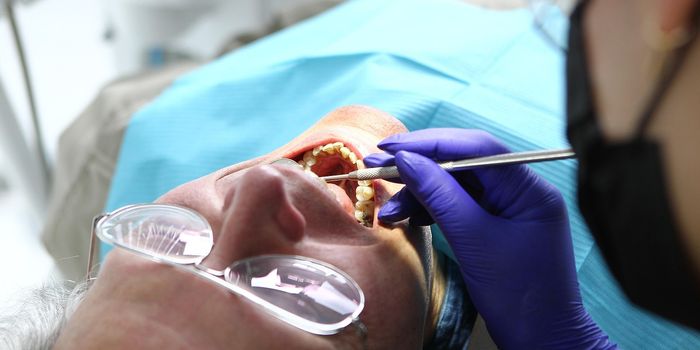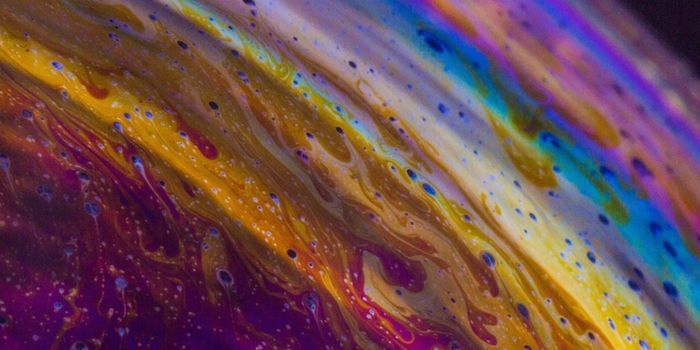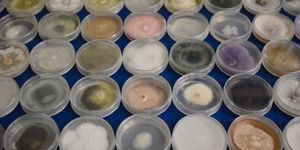Smart Bandage Measures Moisture Level of Healing Wounds
A common problem in wound care is determining what’s below the surface of the bandage. Once a dressing is applied, doctors need to know whether or not the wound below it is healing. It is common practice for a doctor to remove bandages daily to check on the injury, but it isn’t always easy. Removing the dressing of a fresh wound could disrupt the healing process but leaving the bandage on could mean the risk of letting an infection spread unnoticed.
A critical aspect of wound healing is managing moisture. New research published in Frontiers in Physics proposes a new way of wound management using a bandage with intelligent sensors. This bandage would accurately detect moisture changes underneath the application and directly transmit them to a nearby device, like a smartphone. It’s essential to have optimal moisture levels during the healing process because having too little or too much moisture can be detrimental.
The design itself is ingenious. Researchers first created a textile sensor that could be integrated easily onto commercially available bandages. The senor was based around a conductive material known as polymer poly(3,4-ethylenedioxythiophene):polystyrene sulfonate, or PEDOT:PSS. This specific polymer can measure moisture levels under the surface of the bandage.
The PEDOT:PSS sensor was then screen-printed onto the bandage, which is a common technique used by crafters everywhere. It has to be printed in a specific geometry, but the process of screen-printing the compound worked the same as screen-printing a poster or a t-shirt. The PEDOT:PSS has electrochemical properties, which allows it to transmit different electrical signals based on the moisture levels it senses.
The final piece of the bandage is an RFID (radio-frequency identification) chip, which transmits the signals from the PEDOT:PSS sensor to a device that can be read and analyzed by researchers. RFID chips store information and then communicate them by radio frequency to other devices.
These bandages are inexpensive to produce, are disposable, and— most importantly— are safe for wound care. Researchers are now refining and adapting their design to be used for other types of wounds, each with its own dressing. The method used in this study is not a one-size-fits-all process, but it does provide insight and strategy for future technologies like this one.
Sources: Frontiers in Physics, Science Direct








